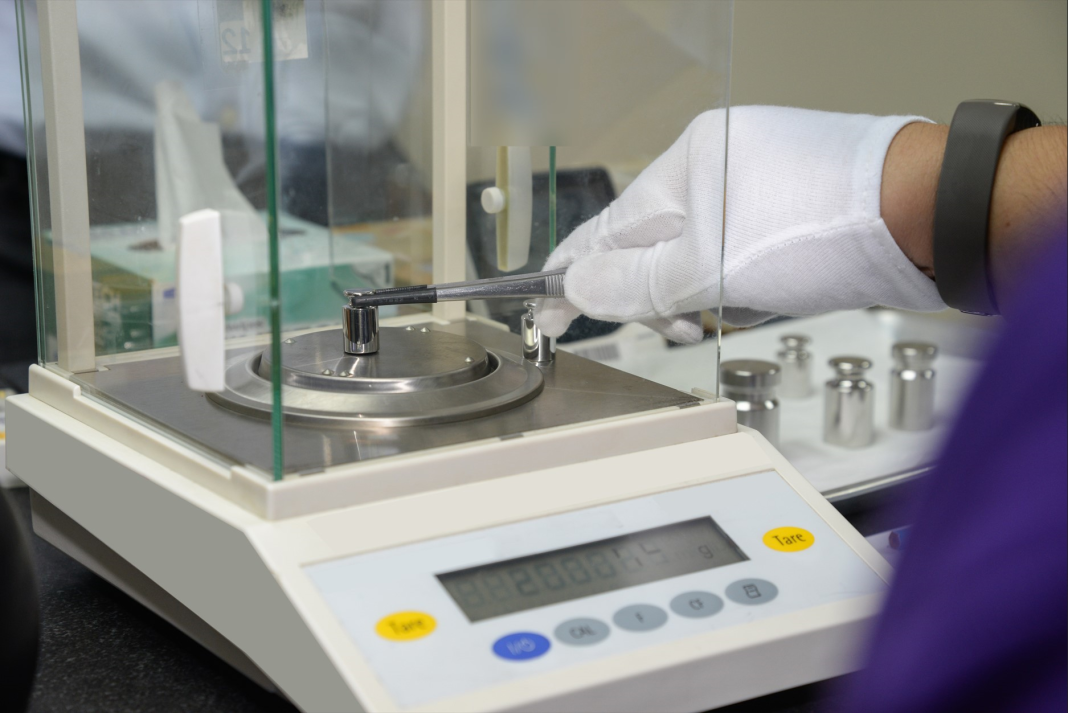Pharma companies that use balances for analytical purposes must check them regularly to ensure they meet required standards and to prevent human errors. The European Directorate for the Quality of Medicines & Healthcare (EDQM) has recently published updated guidelines1 for analytical balancing that describe quality standards for ingredients, dosage forms, and analysis methods for medicine. These updates affect all pharmaceutical companies that use balances for analytical purposes, including any weighing performed as part of experimental tests and for preparing buffer solutions.2
Sartorius Lab Instruments, a company based in Germany that partners with biopharmaceutical companies to develop new therapies, has developed Cubis® II balances to help customers meet the requirements of the updated EDQM guidelines (Chapter 2.1.7).3

“Modern lab balances of leading manufacturers will usually all fulfill the general requirements of this chapter on the devices themselves. But the Cubis® II series provides further features like automatic levelling, automatic internal adjustment, and integrated ionizers to reduce the risks of wrong weighings that are mentioned in chapter 2.1.7,” said Julian Haller, PhD, a scientist at the metrology department of Sartorius Lab Instruments. “The series further provides functionalities like the dedicated QApps that support the user in conducting the performance checks and in complying with the specifications of the chapter.”
This article covers technical aspects of weighing and balance calibration that can help users to ensure compliance with the new guide.
Balance calibration
According to the updated guidelines, users must adhere to four main requirements. First, balances must be periodically calibrated by the user or a competent and preferably accredited, calibration laboratory. Second, when tracing measurement results, users must adopt units of the international system (SI). Third, calibration results must include a measurement of the “range of uncertainty.” This value allows the user to ensure that measurements are within the acceptable range of error. And finally, the user is advised to perform two calibrations, one before and one after maintenance, to assess the effects of these operations on the balance. This is because maintenance operations, including repairs, transfer of the balance to another location, or mechanical adjustments, can significantly alter measurements and impact accuracy.
Minimum weight
In compliance with Chapter 2.1.7, the smallest possible sample weight on a balance is limited by the minimum weight (mmin). This is defined as 2000 times the standard deviation of the repeatability measurement. For example, if the standard deviation s is 0.00015 g, the minimum weight is mmin is 0.3 g or 300 mg.
As a lower limit, s shall be replaced with 0.41*d if s<0.41*d, where d is the actual scale interval of the balance. This sets the smallest possible minimum weight (mmin) that can be weighed on a balance at 820 × d.
Performance check
Performance checks are carried out to evaluate the random and systematic errors and to make sure that they are in an acceptable range. These checks focus on two parameters: repeatability and sensitivity.
For the repeatability check, the user should place a single-piece test load that is not bigger than 5% of the maximum capacity of the balance but at least 100 mg. This weight is placed at least ten times on the weighing pan, and the user should set the balance to zero before each measurement.
To calculate the repeatability, the user should first define the desired smallest net weight—the smallest net amount of substance that will be weighed on the balance. This value should be determined based on the actual laboratory requirements. The repeatability is then calculated by dividing two times the standard deviation of the measured values by the smallest net weight. The repeatability is considered satisfactory if two times the standard deviation of the measured values divided by the smallest net weight is not greater than 0.10%.
For the sensitivity check, the user should place a single-piece test load on balance. This load should weigh between 5% and 100% of the balance capacity. The sensitivity is satisfactory if the difference between the indicated value of the balance and the “true” weight of the test load is not more than 0.05%. For the “true” weight, in most cases the nominal value of the weight may be used if a weight of class F1, or better, according to OIML R111 is used.4
Repeatability and sensitivity tests should be periodically performed by the user. Haller says, “We recommend to have the tests additionally performed by a competent service provider like Sartorius. Our service can issue a respective test protocol that documents the compliance with the requirements of chapter 2.1.7. Such independent checks will not only reduce the risk of unnoticed non-compliance but can also be a good argument in respective audits.”
The task of weighing appears simple, but it is critical for successful moving drugs from the lab bench to the market. Even the slightest weighing error can propagate throughout an analysis, affecting the accuracy of reported results. So, make sure that your weighing processes are fully compliant with the new requirements.
References
- Fritsch K, Saal C, Spieldenner B. Weighing according to the European Pharmacopoeia: general considerations and new general chapter 2.1.7. Balances for analytical purposes. Pharmeuropa Bio Sci Notes. 2022;2022:1-9.
2. European Pharmacopoeia Chapter 2.1.7. Sartorius. Accessed April 11, 2022.
3. Laboratory Balance: Cubis® II 100% Configurable lab balance. Sartorius. Accessed April 11, 2022.
4. Taube – Use of laboratory balances in the pharmaceutical industry. pdf. Accessed May 7, 2022.






